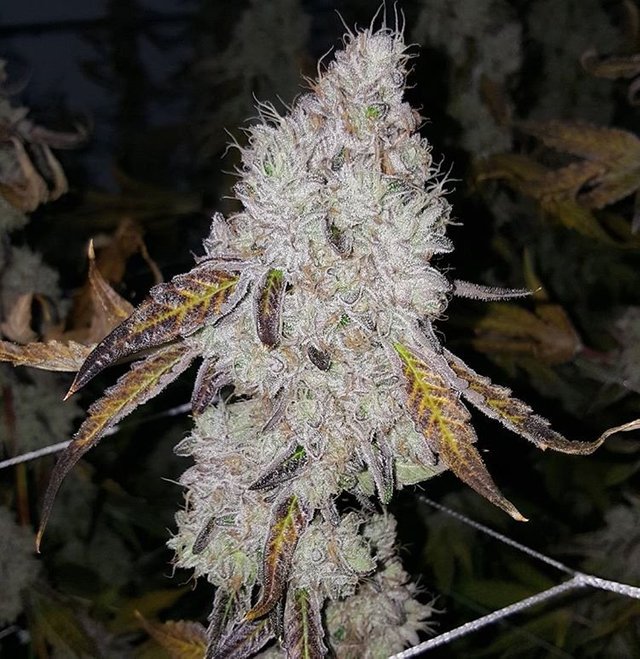Clones help famous Trees Sixty Nursery
The couple got well known after Knight went through portion of his time on earth thinking about the tree, which he alluded to as "an old companion." Knight acknowledged he was unable to spare the town's elms as they surrendered by the hundreds to Dutch elm sickness. So he concentrated his endeavors on one of them: Herbie.
More than five decades, Knight supervised specific pruning of Herbie's unhealthy appendages, and uses of bug sprays and fungicides. The pair turned out to be notable, both in Yarmouth and past, gratitude to global news inclusion.
The tree was chopped down Jan. 19, 2010, as the 101-year-old Knight looked on. Knight kicked the bucket two years after the fact.
Be that as it may, before Herbie was hacked down, the Elm Research Institute in New Hampshire worked with Knight to gather a few cuttings from Herbie to save the tree's inheritance with clones.
The expectation is that Herbie's relatives will have some protection from Dutch elm ailment. In any case, that remaining parts to be seen.
"In the same way as other malignant growth patients, he was a survivor. We needed to bend over backward to recreate Herbie trusting his clones would demonstrate similarly impervious to Dutch elm malady," said John Hansel, the 95-year-old author of the Elm Research Institut situated in Keene, New Hampshire.
The yearslong exertion has made 1,500 smaller than expected Herbies. The objective is to make some more — several thousands more, he said.
"Herbie is our expectation for the future," Hansel said.
Hansel likewise committed himself to safeguarding elm trees after they were cleared out by Dutch elm ailment.
Elm trees once lined avenues in towns across the nation. Be that as it may, all that changed with frightening velocity due to the Dutch elm organism, spread by bark creepy crawlies, starting in Ohio during the 1930s. When burdened, elms confronted a quick and an everything except unavoidable demise.
Working with the University of Wisconsin, Hansel assisted with making and convey around 300,000 "Freedom" elms that depended on trees from the Midwest. Those trees were named for Boston's "Freedom Tree," a mammoth elm.
Hansel moved his push to Herbie in order to create another leading figure that is more qualified toward the Northeast.
It's been a careful procedure.

Scientists started cutting leaves from Herbie years before his end. Scientists planted around 5,000 of clippings in pots before at last getting a solitary tree that flourished.
From that, there are currently 1,500 trees. That speaks to a minimum amount to start making them in considerably bigger numbers.
"I love the thought," said Jan Ames Santerre, urban ranger service program organizer for the Maine Forest Service. "Individuals are keen on huge trees as a rule, yet Herbie enamored individuals' consideration. It was a wonderful tree, and the possibility that somebody could r e-make that in their yard or in their locale is an engaging activity," she said.
The National Arboretum additionally looked into Herbie and took a few clippings, too. A portion of those seedlings were planted in Maine, yet they didn't endure, Santerre said.
William Livingston, a teacher at the University of Maine, said there's an incredible heritage behind the Herbie name. But at the same time it's energizing to have trees that could have some protection from Dutch elm ailment, he said.
"Quite possibly's those trees have some obstruction and will be in a situation to endure," he said.
The not-for-profit Elm Research Institute is selling the trees.
###would you like to add some points ?
###then comment and also [Follow me]
https://steemit.com/@cloneslosangeles